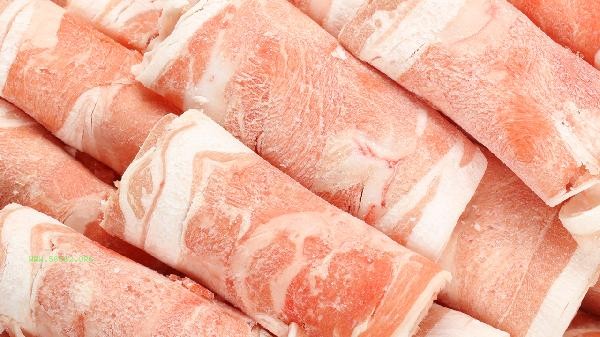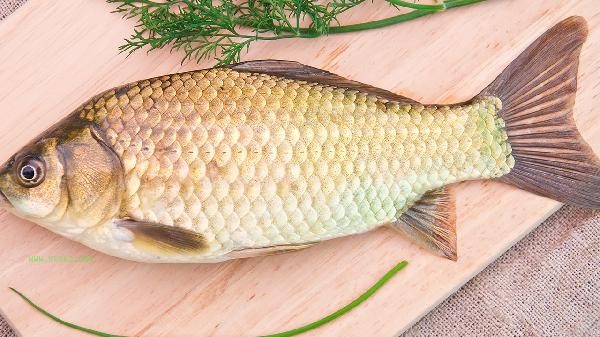Low calorie and high fiber foods can provide a sense of fullness without easily causing weight gain, mainly including konjac products, oatmeal, egg whites, green leafy vegetables, and mushrooms.
1. Konjak products:

Konjak is rich in glucomannan, and this soluble dietary fiber can expand up to 50 times its original volume in water, forming gel like substances in the stomach to delay gastric emptying. Each 100 grams of konjac silk contains only 7 calories, and its viscous texture can effectively deceive the brain into producing satiety signals. Pay attention to choosing pure konjac products without added sugar, which can be served cold or boiled in soup. 2. Oatmeal: Oatmeal β - glucan can form a protective film in the digestive tract, slowing down the absorption rate of glucose. After soaking 50 grams of oatmeal, its volume expands threefold, providing 4 grams of dietary fiber and 5 grams of protein for 3-4 hours of continuous energy supply. Choose steel cut oats to retain more nutrients, and match with sugar free soybean milk to enhance the satiety effect.
3. Egg white:
Egg white is the most biologically valuable source of protein, with only 17 calories per protein but containing 3.6 grams of high-quality protein. Its branched chain amino acids can stimulate the secretion of cholecystokinin and inhibit the activity of the appetite center. The digestion and absorption of boiled protein takes more than 3 hours, which prolongs the satiety time by 50% compared to carbohydrates. Pay attention to the high cholesterol content in egg yolks and consume them in moderation.
4. Green leafy vegetables:

Dark leafy vegetables such as spinach and rapeseed have a water content of over 90%, and only about 50 calories after cooking 500 grams. Rich magnesium can regulate leptin sensitivity, and dietary fiber and plant cell walls require longer time to decompose. It is recommended to use rapid stir frying or blanching to avoid high temperature damage to water-soluble vitamins.
5. Mushrooms: Edible mushrooms such as shiitake mushrooms and shiitake mushrooms contain fungal polysaccharides and chitin, which the human body cannot break down but can promote intestinal peristalsis. Every 100 grams of fresh mushrooms contains about 20-30 calories, and its guanylate component can enhance freshness and reduce salt intake. Consuming mushrooms at least 3 times a week can improve the diversity of gut microbiota. Controlling total calorie intake remains the core of weight management, and it is recommended to include the above-mentioned foods in a balanced diet plan. Konjac products can replace some staple foods, oatmeal is suitable for breakfast, egg whites are suitable for supplementing after exercise, green leafy vegetables should account for half of the total food per meal, and mushrooms should be consumed at least three times a week. Combining 30 minutes of aerobic exercise such as brisk walking, swimming, and 2-3 strength training sessions daily can effectively maintain basal metabolic rate. Be careful to avoid excessive dependence on a single food, as long-term extremely low calorie diets may lead to malnutrition, menstrual disorders, and other issues. It is recommended to control the weight loss rate at 0.5-1 kilogram per week, and a sustainable weight loss plan can prevent rebound.




Comments (0)
Leave a Comment
No comments yet
Be the first to share your thoughts!